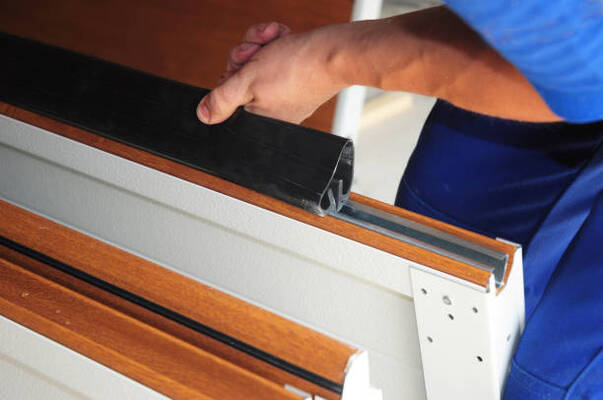- 1-905-452-8193
- Contact Us
- Member Login
- Get Listed Today
- 220,911 members

As the weather starts to get colder, it's important to think about how you can insulate your home to keep the heat in and the cold out. One area that is often overlooked is the garage doors Sydney. An automated garage door can be a big energy waster, letting heat out in the winter and cool air in during the summer.
If you have an automated garage door, you may be wondering if you need to insulate it. The answer is yes! There are several reasons why you should insulate your automated garage door.
First of all, insulation will help to keep the temperature in your garage more consistent. This is important because extreme swings in temperature can damage your automated garage door opener and other components. In addition, insulation will help to keep the noise level down when your garage door is in use.
Another reason to insulate your automated garage door is to save money on your energy bills. Insulating your door will keep the air inside your garage warmer in the winter and cooler in the summer. This can lead to significant savings on your energy costs.
Finally, insulating your automated garage door will help to protect your belongings from the elements. If you live in an area where there are extreme temperatures, or if you live near the ocean, insulating your garage door will help to keep salt air and moisture out. This can prevent damage to your belongings stored in your garage.
There are many different types of insulation available for garage doors. You can choose from fibreglass batting, spray foam insulation, or rigid foam board insulation. Each type of insulation has its advantages and disadvantages. You should consult with a professional before choosing the best type of insulation for your needs.
If you decide to install insulation yourself, be sure to follow the manufacturer's instructions carefully. Insulation can be dangerous if it is not installed properly. In addition, be sure to wear gloves and eye protection when working with insulation.
Make use of the following guide to know about 10 ways to properly insulate your automated garage door:
Check the weatherstripping
The first step is to check the weatherstripping around your garage door. If it's worn or damaged, it needs to be replaced.
Add insulation
You can add insulation to your garage door to help keep the heat in. There are a few different types of insulation, so be sure to choose one that is right for your climate and garage door type.
Install a garage door opener with a timer
A garage door opener with a timer can help save energy by automatically closing the door after it's been opened for a set amount of time.
Get a garage door seal
A garage door seal helps to close the gap between the bottom of the door and the floor, preventing drafts from coming into your home.
Use caulk or expanding foam
Caulk or expanding foam can be used to fill any gaps or cracks around your garage door. This will help keep the cold air out and the heat in.
Install a threshold seal
A threshold seal is placed at the bottom of the garage door and helps to seal the gap between the door and the floor.
Add a storm door
Adding a storm door to your garage can help to keep the heat in and the cold out.
Get insulated curtains
Insulated curtains can be hung over your garage door windows to help keep the heat in.
Use a space heater
If you have an attached garage, you can use a space heater to help keep the area warm. Just be sure to turn it off when you're not using it so you don't waste energy.
Install LED lighting
LED lights use less energy than traditional bulbs and can help to light up your garage while using less power.
By taking these simple steps, you can help to insulate your garage door and save money on your energy bills. For more tips on how to improve the energy efficiency of your home, get in touch with a reputable service provider.
